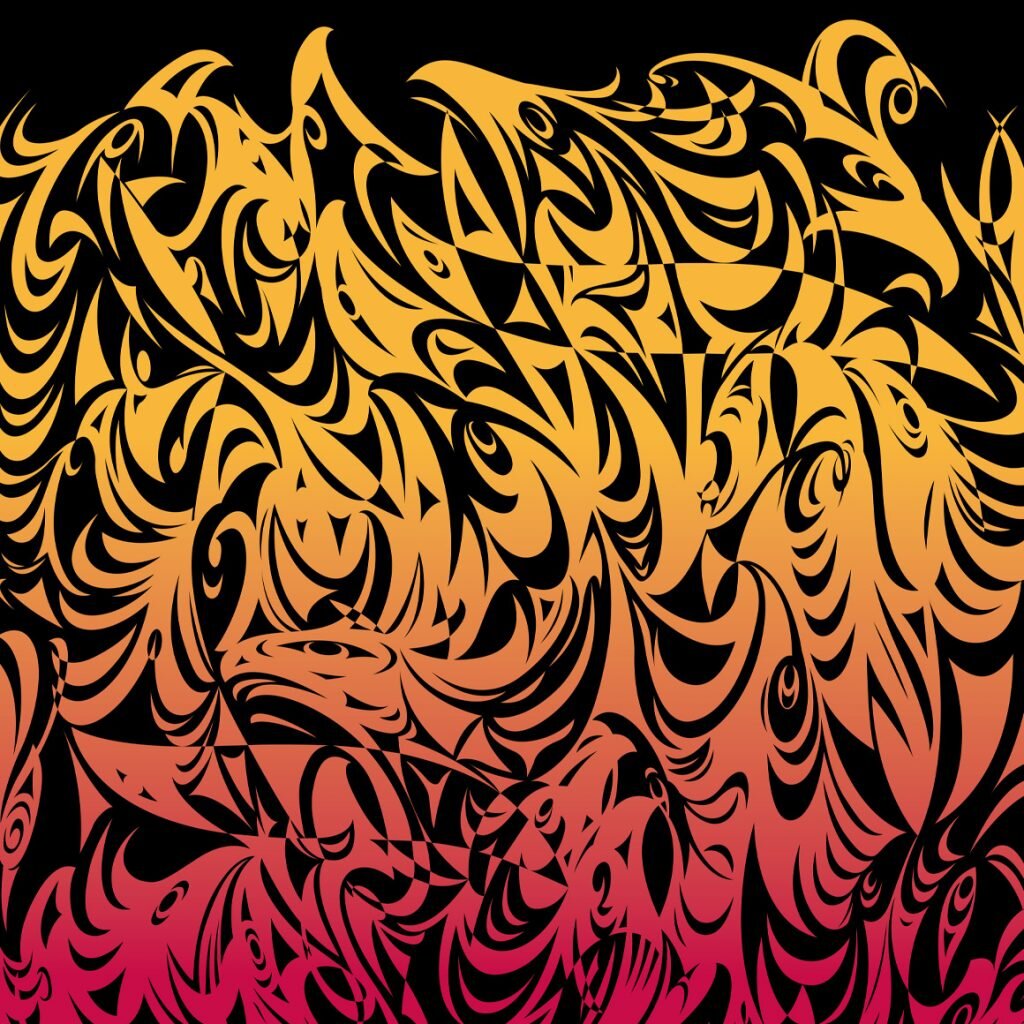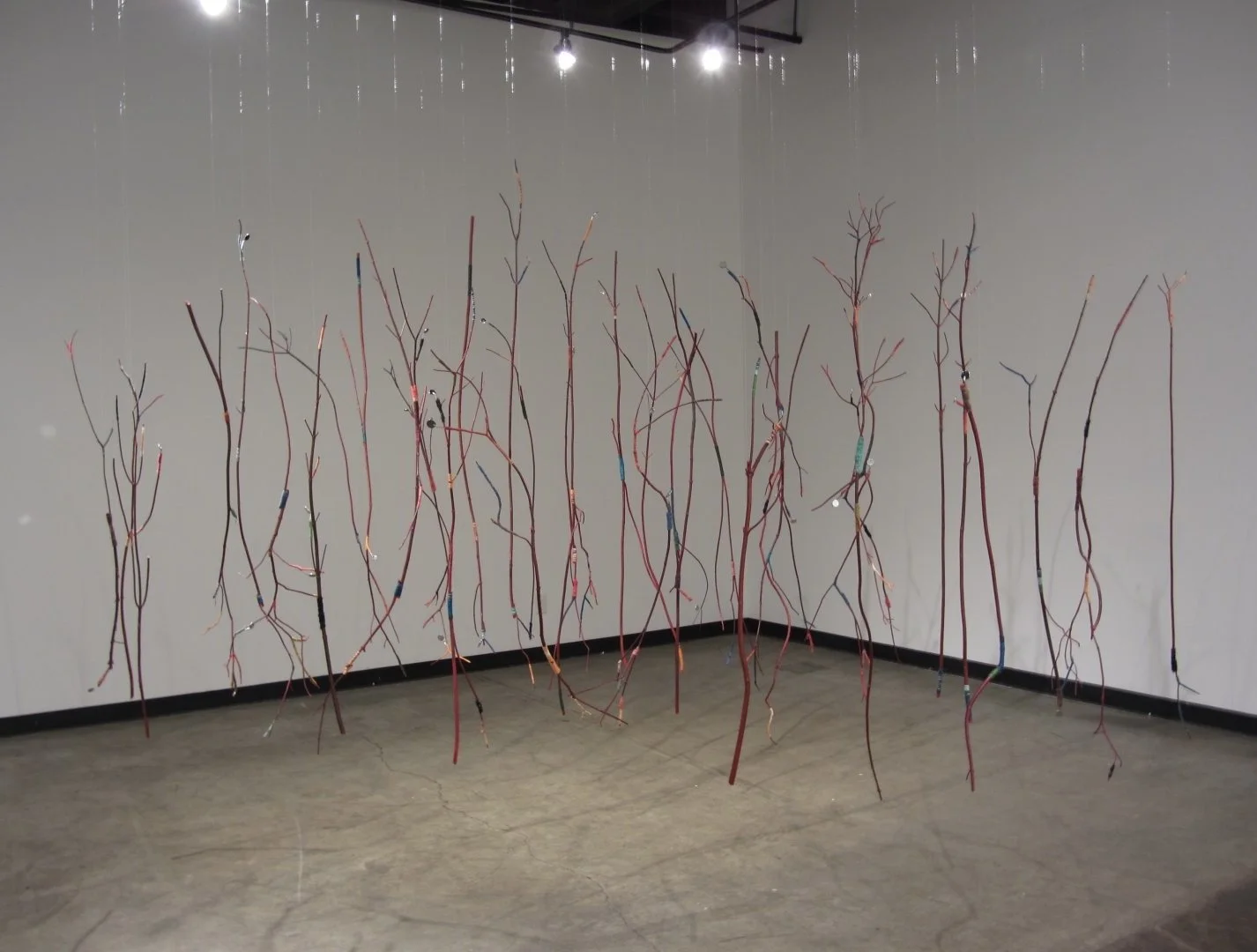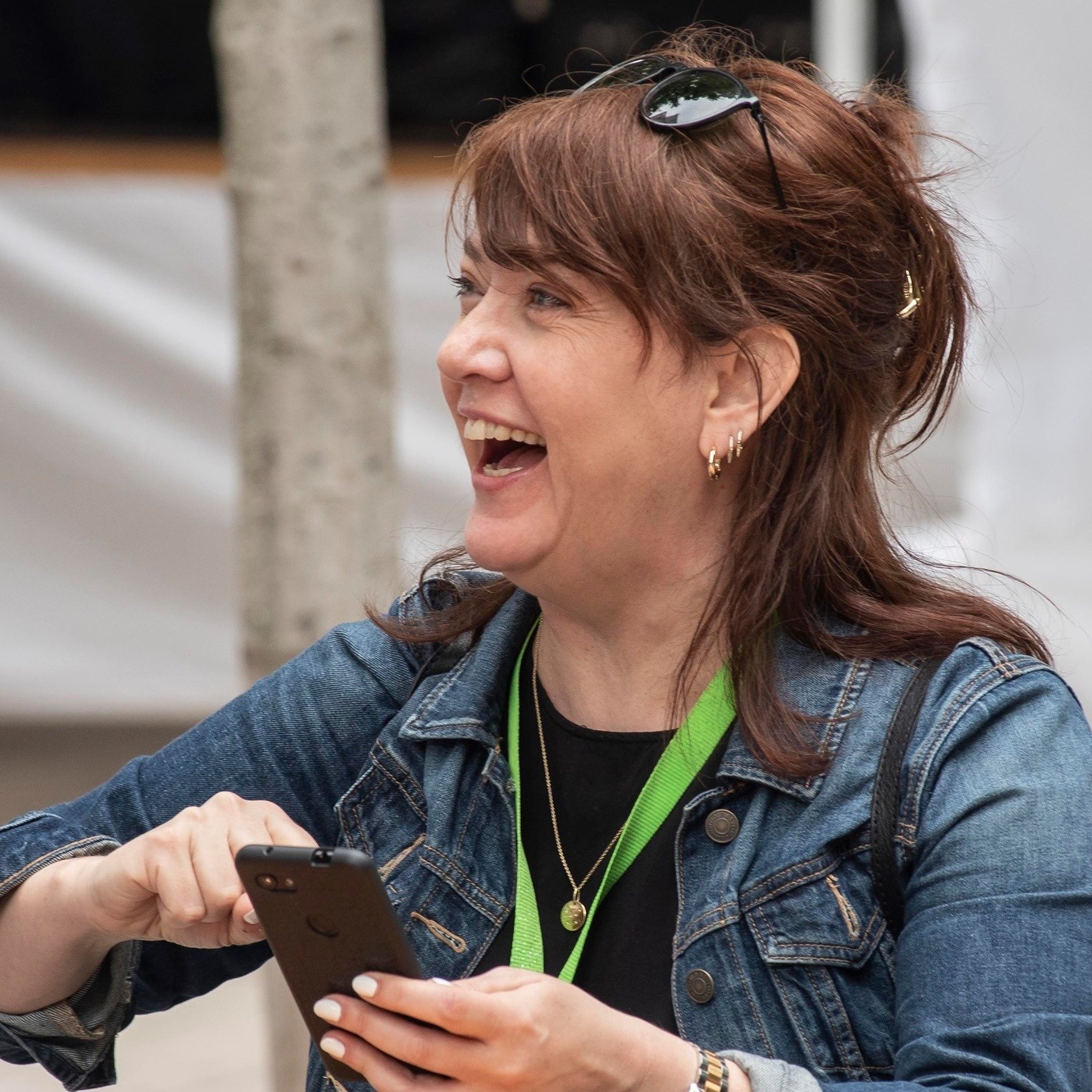Stir Q&A: Visual Artist Susan Point illuminates her family’s creations at the Lantern City
The Musqueam icon brings the phoenix and fire to Asian tradition in a unique culture-crossing installation to mark the new year
Susan Point’s Wildfire
Susan Point
LunarFest and ACSEA present Coastal Lunar Lanterns: Family Ties for free from February 11 to 28. Note the location has changed to the šxʷƛ̓ənəq Xwtl’e7énḵ Square (Vancouver Art Gallery North Plaza) from Jack Poole Plaza
ACCLAIMED MUSQUEAM artist Susan Point joins her family of artists in setting this year’s Coastal Lunar Lanterns aglow as part of the Lantern City.
Her own Wildfire design sits alongside that of son Thomas Cannell, daughter Kelly Cannell, and granddaughter Summer Cannell in an installation called Family Ties. But there’s more: their pieces juxtgapose with lanterns by the Pavavaljung family of artists from the Taiwan’s Paiwan tribe.
The result is eight glowing lanterns with designs by two Indigenous families who live an ocean apart.
(Update: The installation was set to light up at Jack Poole Plaza but has now been moved to šxʷƛ̓ənəq Xwtl’e7énḵ Square [Vancouver Art Gallery North Plaza] due to COVID restrictions.)
Stir talked to Point, an artist whose monumental work can be seen from the UBC Museum of Anthropology to the YVR airport. As those who saw her solo exhibition at the Vancouver Art Gallery in 2017 know, she works across techniques from wood carving to screen printing and cut steel, with the Coastal Salish spindle whorl often appearing as a motif.
What did you like about working with lanterns?
It's been great to work with the Asian-Canadian Special Events Association, who I've met before at the Lunar Lantern Celebration.
The thrill of this project is working with my family. I have recently done a couple of things with my granddaughter summer, which we can share and celebrate together.
Your lanterns are by your family of artists, and they sit side by side. How did you work on the piece together and how did that become an aspect of this work?
The themes are similar, but the artworks are unique and different. We are showing the diversity in our works from one another. Thomas and I helped his daughter Summer a little bit to get her on track and share her feelings about the location and our history. If we can work together again like this, maybe we will decide to tie them together through colours to show how connected we are.
Black Waters, the lantern design by Susan Point’s granddaughter Summer Cannell.
What imagery did you use on the Coastal Lunar Lanterns, and what is the inspiration and cultural significance?
This imagery I did in 2018 as a limited edition serigraph of 60 entitled Wildfire. I love creating imagery that reflects the elements that rule our planet: earth, wind, fire and water. This design metaphorically represents nature's forces—perhaps by the raging wildfires of previous seasons. This explosive, energetic design conveys the power of nature and the forces beyond our control. This image is an artistic expression of the multi-cultural environment unique throughout the world.
In creating this imagery, I incorporated fluid bird images: the phoenix, the eagle and the thunderbird—all of which are universal to the various cultures around the world—each bird image having different symbolic meanings to each culture and religion.
For First Nations peoples along the Northwest Coast of B.C., the thunderbird and the eagle are prominent bird images used within their culture both spiritually and aesthetically. They are a part of many myths and legends. The thunderbird, living high in the mountains, was the most powerful of all spirits. When the thunderbird flaps his wings, thunder crashes and lightning flashes from his eyes; The thunderbird symbolizes power and strength—a strong and protecting natural force. Thunderbirds are considered sacred forces of nature. The thunderbird resembles the eagle except for plumage on his head. The eagle is a symbol of power. It is next in line to the thunderbird. Eagle down is a symbol of peace and friendship.
For the mythological phoenix, the phoenix is a powerful symbol and symbolizes different things to the many cultures and religions worldwide. The phoenix is a unique bird somewhat resembling an eagle and/or thunderbird as a shape with splendid feathers and a very long beak.
The phoenix represents the sun and/or the moon. As is the thunderbird to First Nations peoples, the phoenix is a powerful spiritual totem … the phoenix is the ultimate symbol of strength, renewal and resurrection/rebirth. As both a fire and solar symbol, the phoenix animal guide is symbolic of the sun, which dies in setting each night only to be reborn in the rising the next morning. The phoenix bird is a mythical creature, resurrecting from its ash. For many indigenous tribes, the phoenix totem is the keeper of the fire in all of creation. In different cultures and beliefs, the myth of the phoenix has a common element: the desire for transformation and overcoming obstacles.
What do you like about bringing your Coast Salish culture together with the Lunar New Year celebrations, and why did it make a good fit?
[LunarFest’s] Charlie Wu had the great idea of bringing our Art to the Lanterns. I love that we can collaborate this way. There are many similarities in our traditional cultures.
The setting is spectacular. What inspired you about that site, with the North Shore mountains as the backdrop, and how did it affect the work?
The inspiration has always been here for me as my ancestors have been here since time immemorial. These lands and waters inspire countless generations of Native peoples. It's a feeling that flows through my body—a connection to this place.
Last year’s Lantern City at Jack Poole Plaza as part of LunarFest.
















